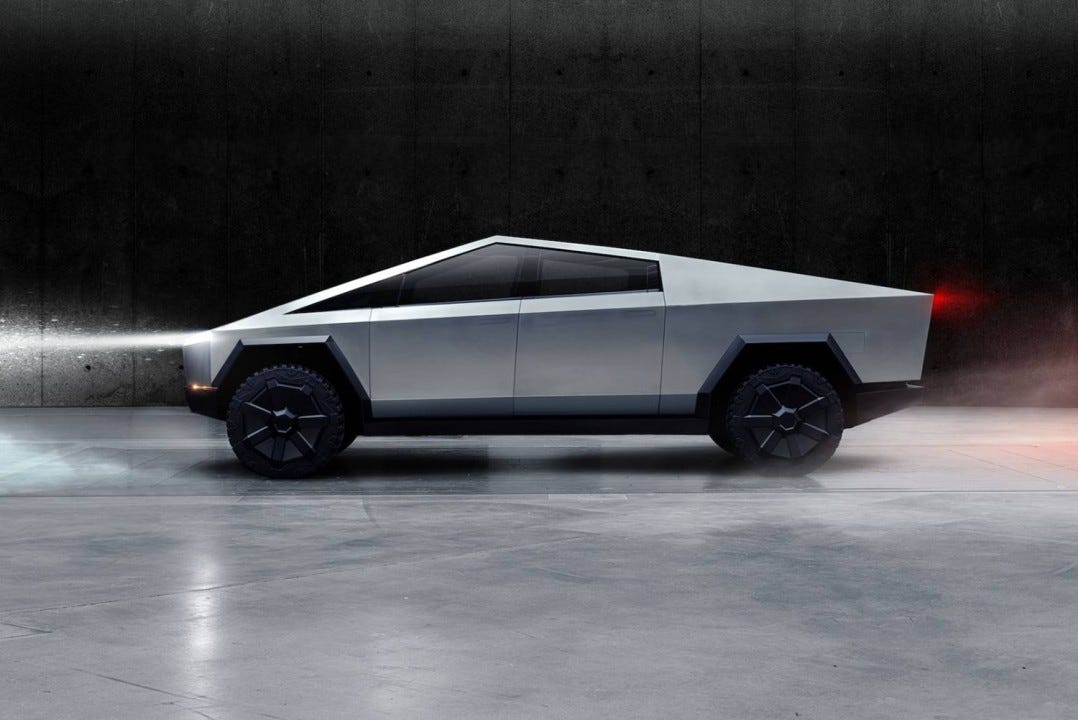How Tesla got Self driving right
How are other competitors lagging behind
How expensive is lidar
Why are companies like Uber failing in the race to autonomy
How our brain work while we drive
What an autonomous vehicle
Self-driving vehicles are cars or trucks in which human drivers are never required to take control to safely operate the vehicle. Also known as…
Keep reading with a 7-day free trial
Subscribe to The Product Channel By Sid Saladi to keep reading this post and get 7 days of free access to the full post archives.




